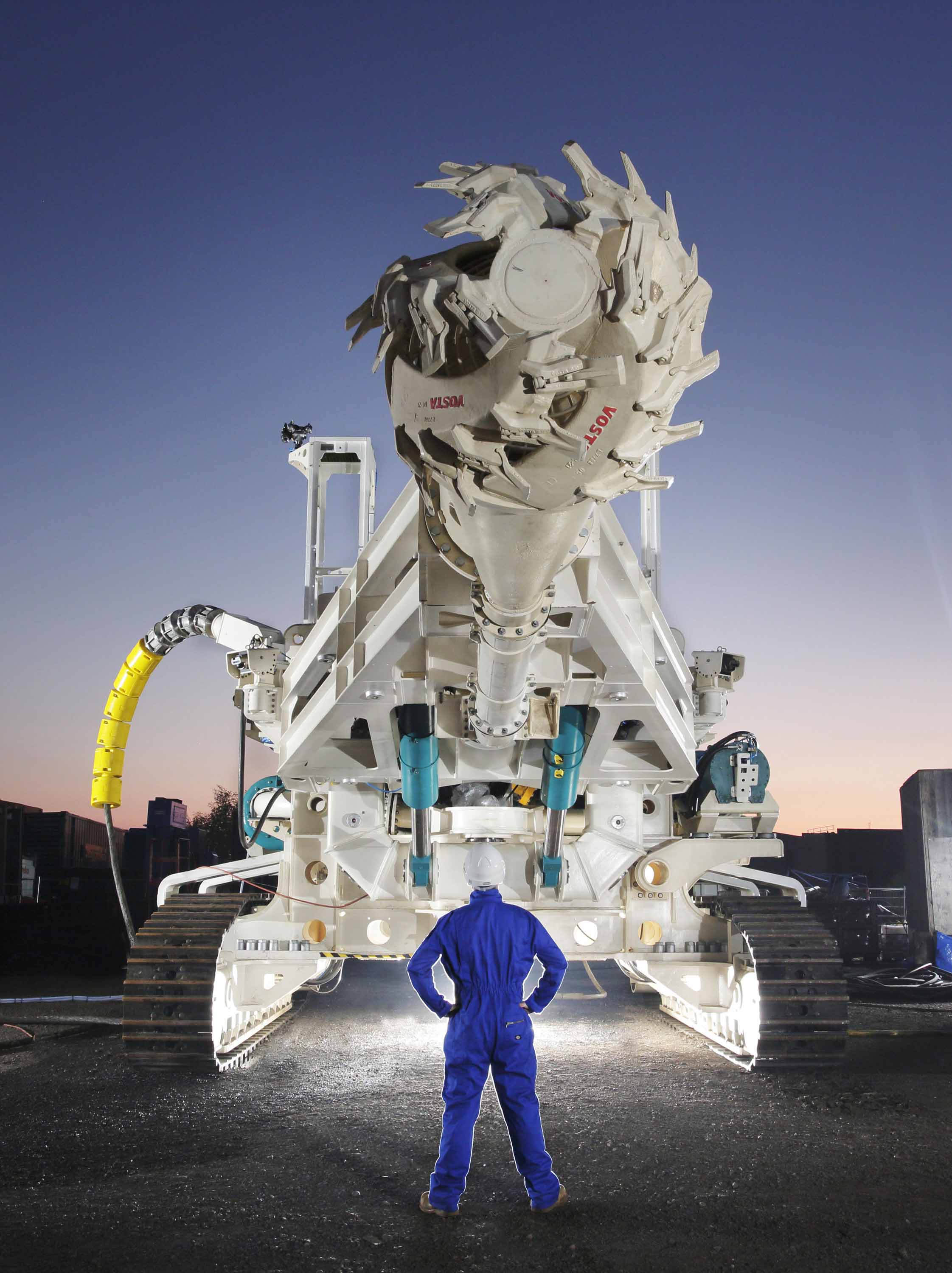

The exhibition will be followed by a special exhibition of Smith’s recent work celebrating the 25th Anniversary of the WNBA.

Ming Smith: Evidence continues through June 26 at Nicola Vassell Gallery (138 Tenth Avenue, Chelsea, Manhattan). What remains clear is that in asserting (and not arguing for) one’s presence, historical revision is also revolutionizing the present and future. Whether the uptick in Black leaders of gallery spaces will fall into patterns of tokenization is still to be determined. For Vassell and Smith alike it is powerful to assert one’s right to a space in the canon without centering the erasure and institutional neglect which excluded one in the first place. It is fitting that the gallery’s first exhibition is of the work of an artist whose persistence and vision has made her a “first” on several occasions. In this way, adjoining photographs are rendered as couplets, each wall becoming a stanza.īoth literally and figuratively, the establishment of a space led by Vassell, a seasoned leader in the New York art world and a rare Black woman gallery owner, signals the changing face of a Chelsea scene still finding its footing in conversations around equity and inclusion. By limiting the tonal range of the photographs, Smith points to the deep richness of darkness and establishes a reciprocal (as opposed to comparative) relationship between female and male, figure and background. “Female Nude” and “Male Nude” (1977) - low-contrast images of dark-skinned bodies against botanical wallpaper - reposition these bodies in relation to their surroundings and each other. The blur produced by Smith’s slow shutter and the low light of the room capture non-physical qualities of the space which would otherwise be imperceptible to the camera. The enigmatic performer’s presence is captured in the whirl of his cape as we see his back and later spectacled face mid-twirl. Ming Smith, “Sun Ra space II, New York, NY” (1978), gelatin silver print, 28 3/16 × 39 7/8 inchesįor example, her unique ability to capture transitory states and moments bears out in “Sun Ra Space I” and “Sun Ra Space II” (both 1978). This cadence repeats all around the room with specific pairings that highlight Smith’s signature artistic choices. The fierceness of Jones’s dynamic persona is further accentuated by her proximity to a flying dragon. On a neighboring wall, a call and response relationship emerges between “Kites Inside (Columbus, Ohio)” (1972) and “Grace Jones, Studio 54 (New York)” (1970s). The composition speaks to Smith’s track record as a photographer who both loves and riffs on the language of her medium. The creation of a frame within the larger frame of the image simultaneously recalls the technical aspects of photography while erasing all physical traces of the camera itself and even the photographer. I am immediately drawn to “Hakone, Japan” (1991), a photograph of a mountainous landscape seen through and distorted by a glass pane with a hole in the middle.


 0 kommentar(er)
0 kommentar(er)
